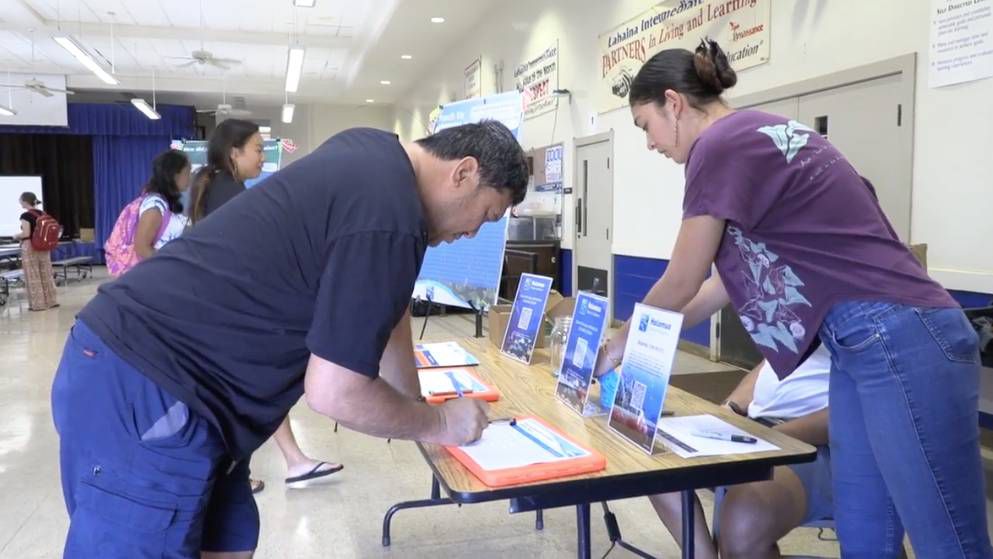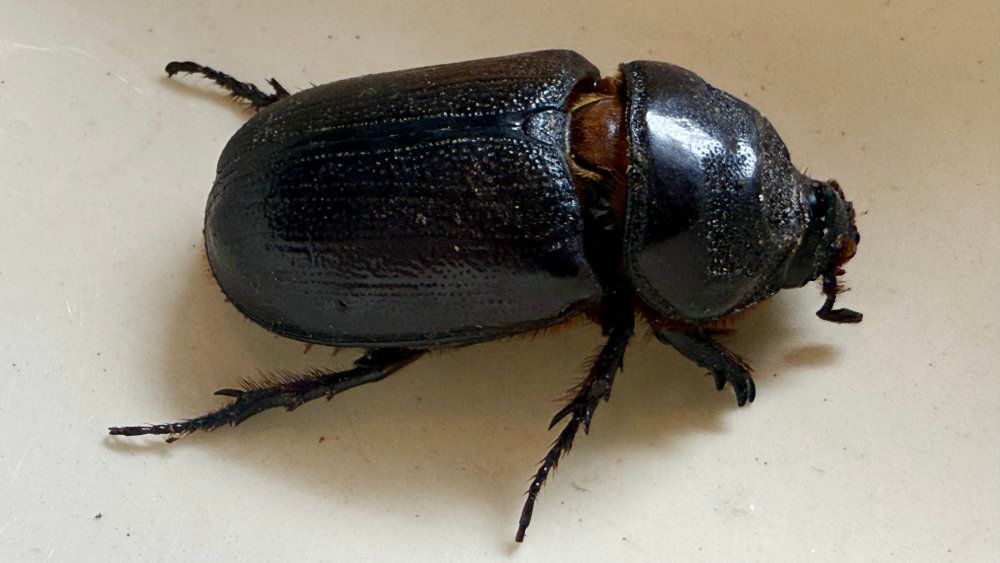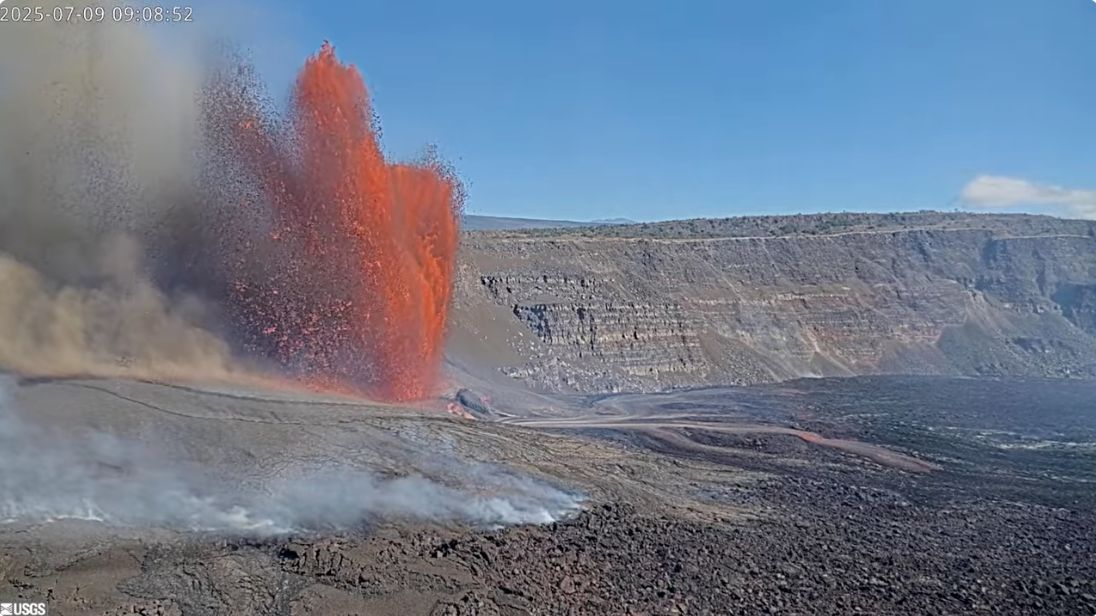As humpback whales, or kohola, return to Hawaii waters to breed, give birth and nurse their young, the Hawaiian Islands Humpback Whale National Marine Sanctuary reminds ocean users to take extra care when out on the water.
According to a news release, there were early reports of multiple mother/calf pairs. The humpback whale season generally runs from November through May.
The HIHWNMS reminds people that humpback whales are protected by state and federal regulations that pertain to HIHWNMS waters and in/on waters surrounding the Hawaiian Islands out to 200 nautical miles throughout the year.
It is illegal to approach a humpback whale within 100 yards by any means — by boat, kayak, paddleboard or drone. Aircraft must stay 1,000 feet away from whales.
Vessel operators are advised to keep a constant eye out for humpback whales and maintain a reduced speed. Both have been shown to reduce the risk of hitting a whale, especially calves, which are particularly susceptible to vessel strikes.
In water depths of 600 feet or less, boaters are asked to maintain a speed of 15 knots or less (or “safe planning speed”) to minimize the risk of a strike. When approaching a whale to view it or when departing, speed should be reduced to six knots or less within 400 yards, according to guidelines developed jointly by HWNMS, the Hawaii Department of Land and Natural Resources, Pacific Whale Foundation and members of Hawaii’s on-water community.
The guidelines and other best practices are available online on the DLNR Division of Boating and Ocean Recreation website, “Boating with Whales.”
“By following regulations and recommendations, ocean users can reduce their impact on the animals and their habitat and also play an important role by helping monitor humpback whales in sanctuary and nearby waters,” said HIHWNMS Natural Resource Specialist Ed Lyman in the release.
“By locating and reporting distressed animals and providing initial documentation and assessment of the animal — from a safe and legal distance — ocean users act like first responders and are the foundation of our conservation efforts,” he said.
The community is asked to immediately report an injured or entangled marine mammal to the statewide NOAA Marine Wildlife Hotline at 888-256-9840 or the U.S. Coast Guard on VHF channel 16.
Entangled whales can face starvation, physical trauma and infections, and, being less mobile, are more susceptible to vessel strikes.
To report a vessel getting too close to a whale, call the NOAA Fisheries Enforcement Hotline at 800-853-1964 or email respectwildlife@noaa.gov. People can also contact your local DOCARE office by phone, email or on the DLNRTip app.
Sarah Yamanaka covers events, environmental and community news for Spectrum News Hawaii. She can be reached at sarah.yamanaka@charter.com.









